How drones work
Learn about how drones actually fly
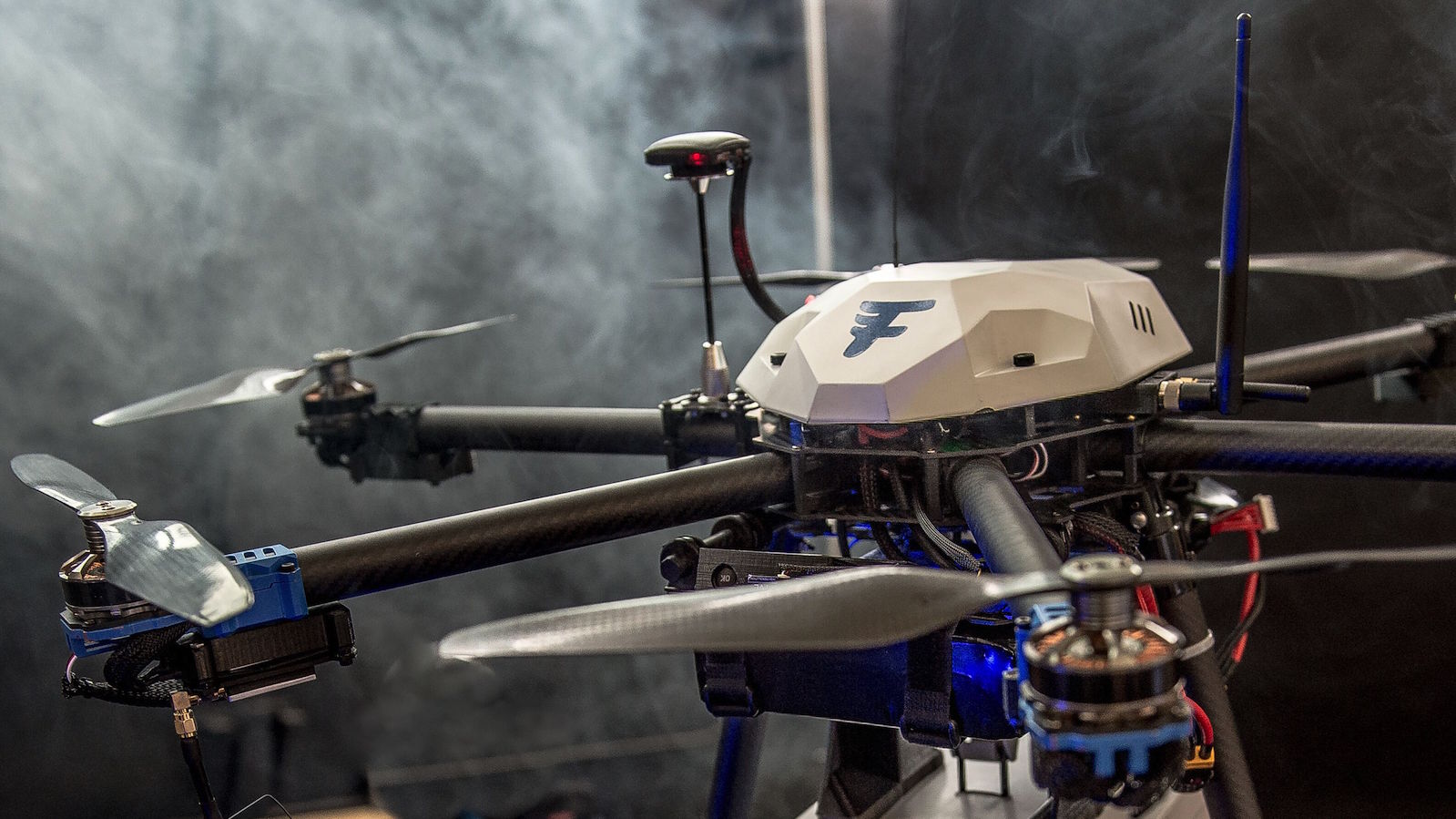
How drones work
Few frontier technologies have captured the buzz quite like drones with products such as the Parrot AR Drone 2.0 just one of the many consumer-grade drones made available in recent years. Depending on your perspective, you'll probably either love 'em or hate 'em, but in the last few months, everyone from the Amazon to the Civil Aviation and Safety Authority (CASA) has had their interest peaked in these flying machines. You can buy them at retail or make your own, but it's the DIY path that'll give you a much clearer idea of how these things work.
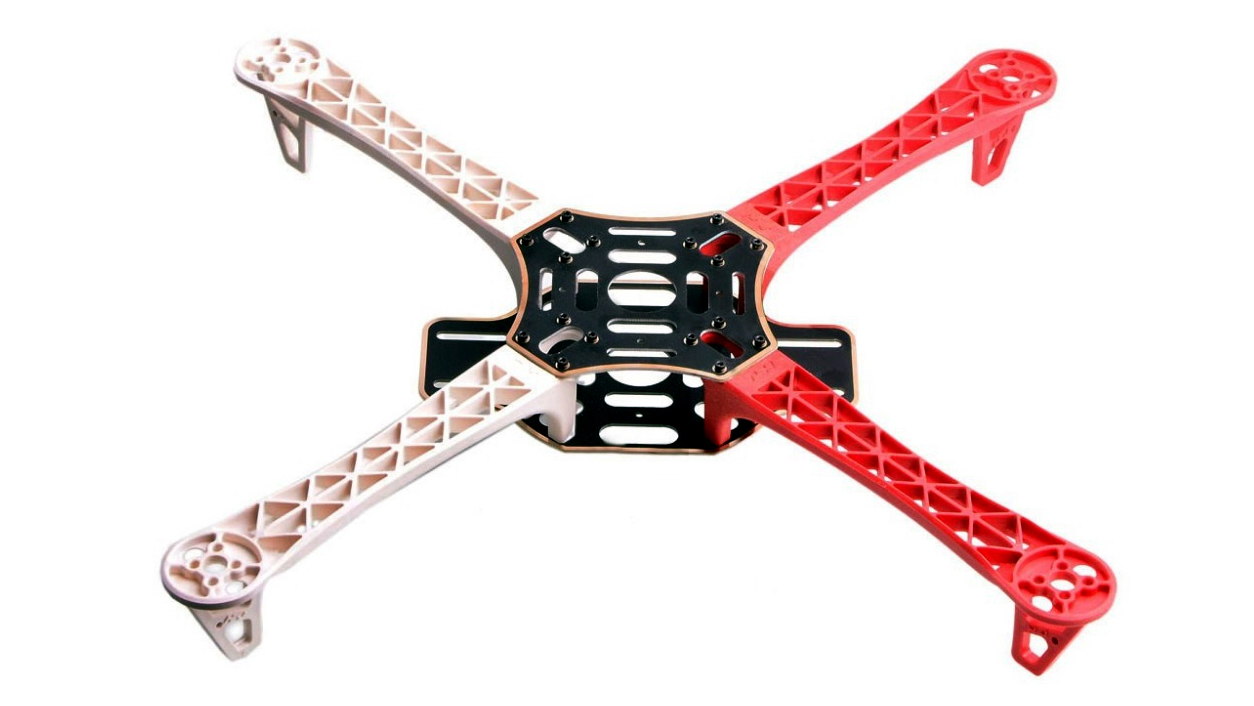
Getting framed
Any drone (more correctly, an 'unmanned aerial vehicle' or UAV) starts with a frame. It competes with the battery for 'heaviest component' in any UAV design but it has to be strong enough to handle all of the various forces involved in hurling it around the skies.
They can vary in extremes from 100-millimetres to several metres in diameter, but typically, they're roughly 300 to 800-millimetres in size, made from plastic or carbon-fibre and support four, six or eight rotors (propellers or 'props'). Many have dual shelves for various components and include extra mounting points for cameras.
And to give you an idea of how interrelated many of these new frontier technologies are, options for 3D printing your own UAV frames are growing rapidly – just check out the Thingiverse website.
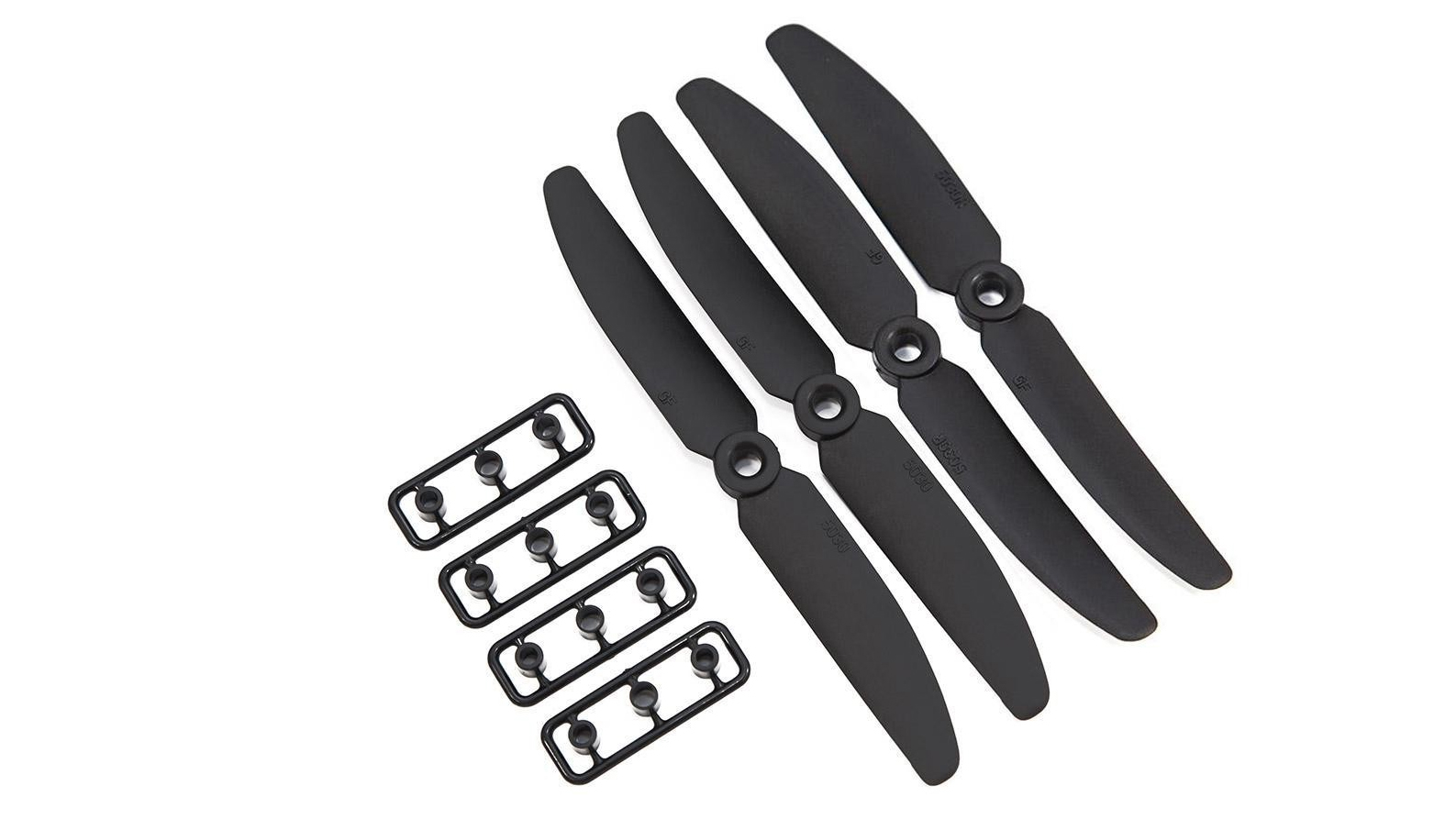
Propellers
When it comes to getting your UAV into the wild blue yonder, propellers might seem the surprisingly low-fi device that gets the job done. They're typically made of plastic, but you'll find carbon-fibre and even wood alternatives. Since they're the most breakable part of a UAV, most budget-conscious flyers go with the plastic ones. They're sized by diameter in inches anywhere between one and 18-inches, but between three and 10-inches diameter is common.
One of the simple but critical factors that keep multi-rotor UAVs airborne is to have opposing motors spinning clockwise (CW) and counterclockwise (CCW). Without this, a UAV will just 'roll over and die', flipping straight into the dirt. As a result, you'll find some prop packs come as 2 x CW/2 x CCW sets, ready to go for for a small price.
Props might be simple and cheap, but don't underestimate how important they are – you can have the best, most expensive computer board controlling your UAV, but if the props are rubbish, it'll wobble and vibrate all over the shop. Balancing the props is just one of the important setup procedures for a UAV if you want rock-steady stability.
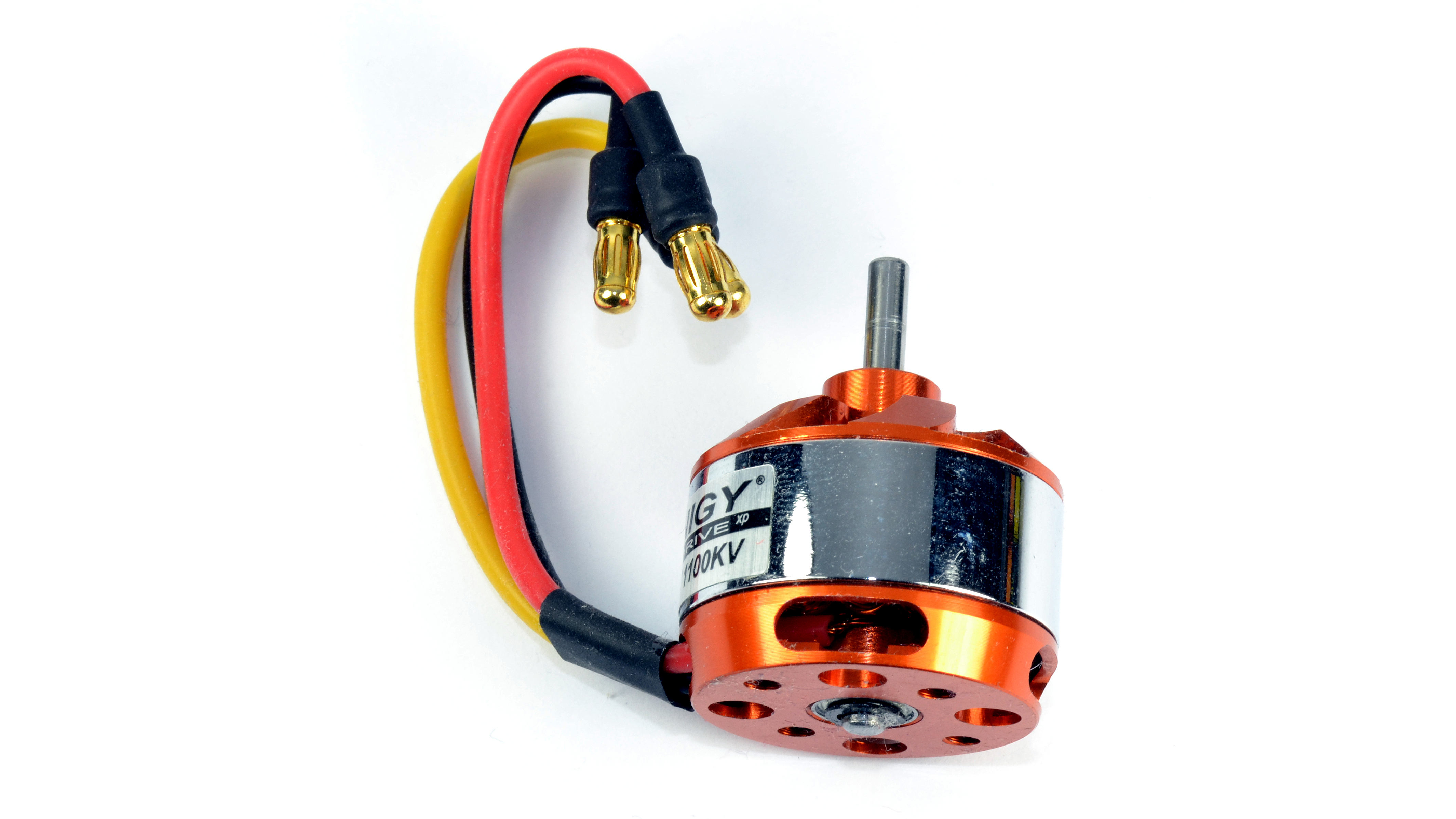
Out-board motoring
At one level, how 'multi-rotor' UAVs work is fairly obvious - motors spin the props that create the thrust to lift the UAV off the ground. But the motors commonly found in UAVs are a relatively recent type, combining power with remarkably low weight.
Called 'outrunner' motors, these differ from ordinary motors in that instead of having a fixed outer shell or can and an independent shaft rotating inside, the shell is attached to the shaft and spins around the electrical wire coils or 'windings' inside the motor.
They can spin at upwards of 20,000 revolutions per minute (RPM) and depending on the type, can consume hundreds of watts of electrical power. The key factor though is the excellent power-to-weight ratio that gets these things off the ground.
Unlike ordinary motors that have just two power connections, outrunner motors have three and require not only large reserves of power, but complex electronics to control their speed.
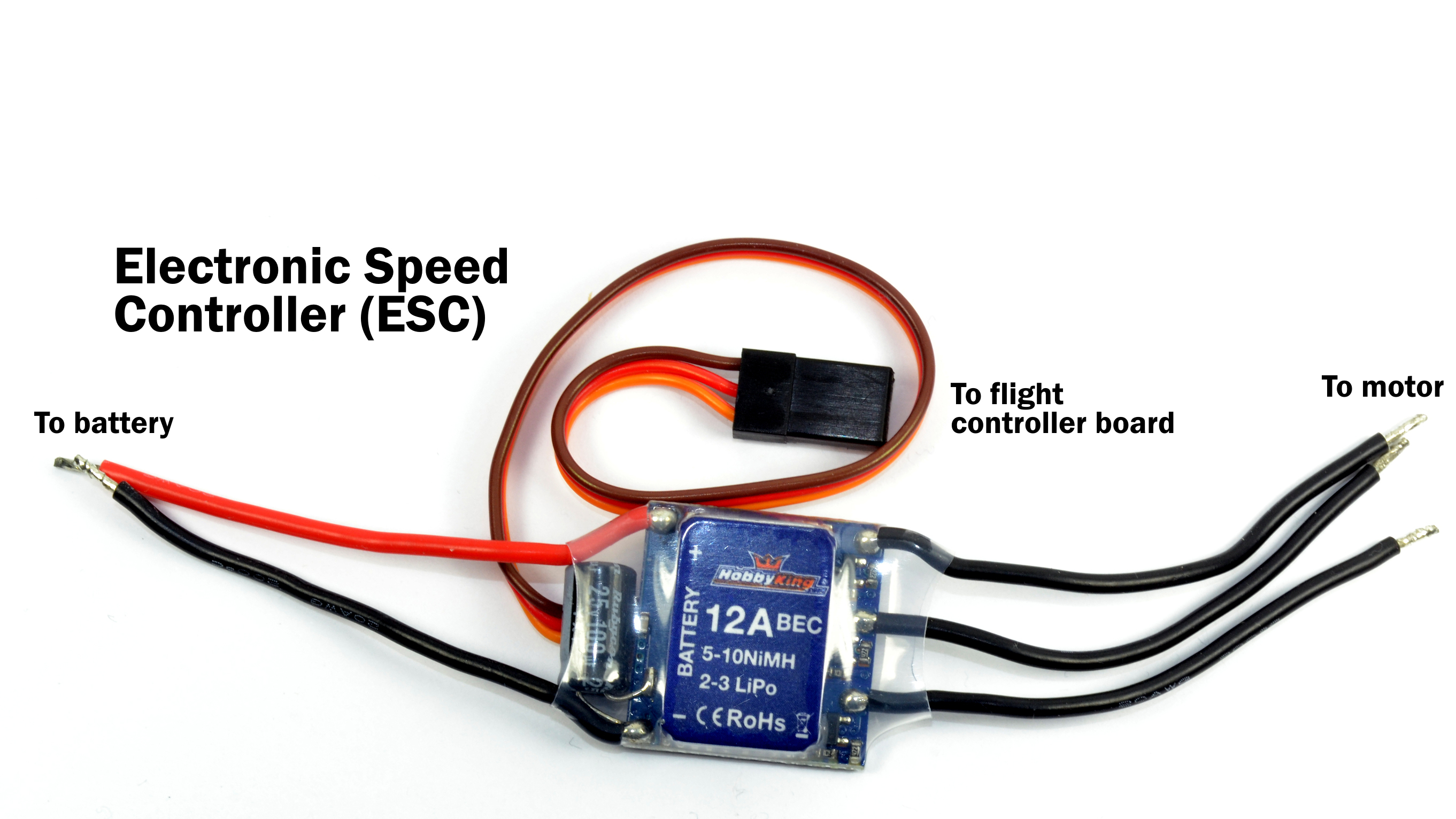
ESCs
The task of delivering the pulses of electricity to the motors is handled by a device called an 'electronic speed controller' or ESC. As with almost everything else here, it's designed to be low in weight but it's the ESC's job to control the electrical power flow from the battery to the motor. Each UAV will have one ESC per motor.
They have wires poking out in all directions, but normally, three from one end go to the motor, two at the other end connect to the battery and the three-wire header connector plugs into the central brain of the UAV, which runs the show.
ESCs are normally rated to a certain maximum level of electric current, which can be anywhere up to 200-amps (200A). However, most hobby-grade UAVs typically won't need ESCs rated beyond 20-amps.
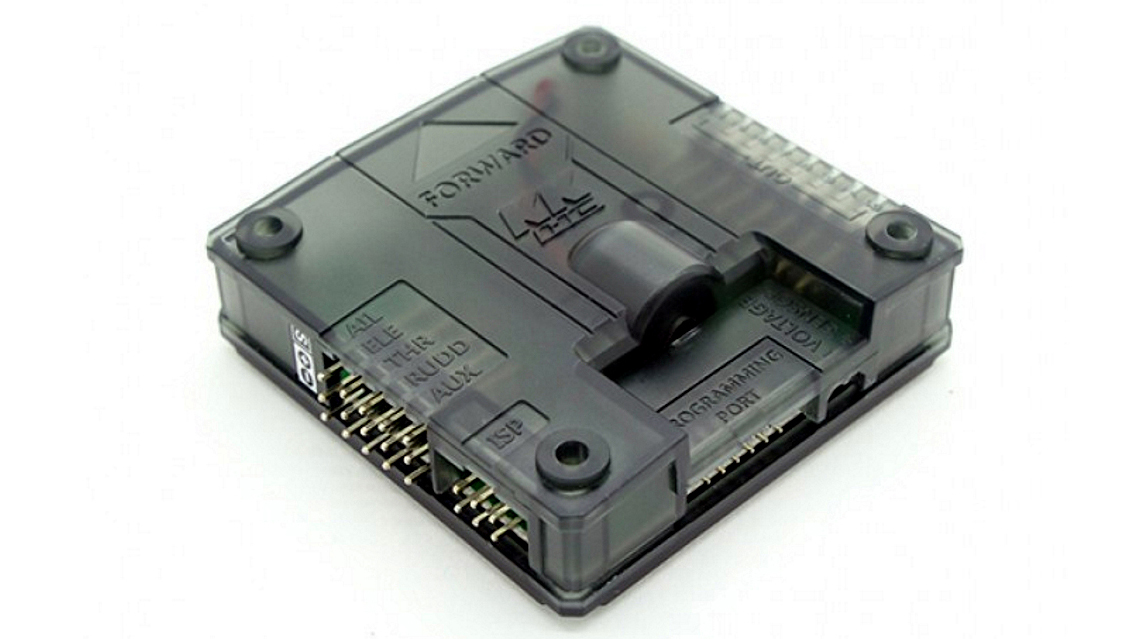
Flight controller board
That 'central brain' is the flight-controller board, the 'motherboard' that makes everything work. They're tiny computers incorporating special sensors for measuring movement, rotation and gravity.
The on-board processor takes constant readings from these sensors and turns the data into control signals sent to each of the ESCs to increase or decrease the speed of each motor individually using a complex mathematical technique called 'proportional integration derivative' or PID.
The whole thing is one big self-correcting (or 'negative feedback') loop and it's this loop that enables a UAV to almost-instantaneously adjust each motor until the UAV reaches an end-state relative to the desired input level (for example, hovering).
The surprising thing is that many processors powering UAVs are just low-cost 8-bit microcontrollers typically found in 'Arduino' DIY development boards. But they're smart enough to handle the sensors that include multi-axis gyroscopes and accelerometers using micro-electromechanical-system (MEMS) technology built on a dedicated chip. In fact, you'll find these same MEMS sensors in most tablets or smartphones.
Like a PC, tablet or phone, most flight boards can have their firmware updated to deliver improved or different flight performance and occasionally new features (firmware hacking knows no bounds!).
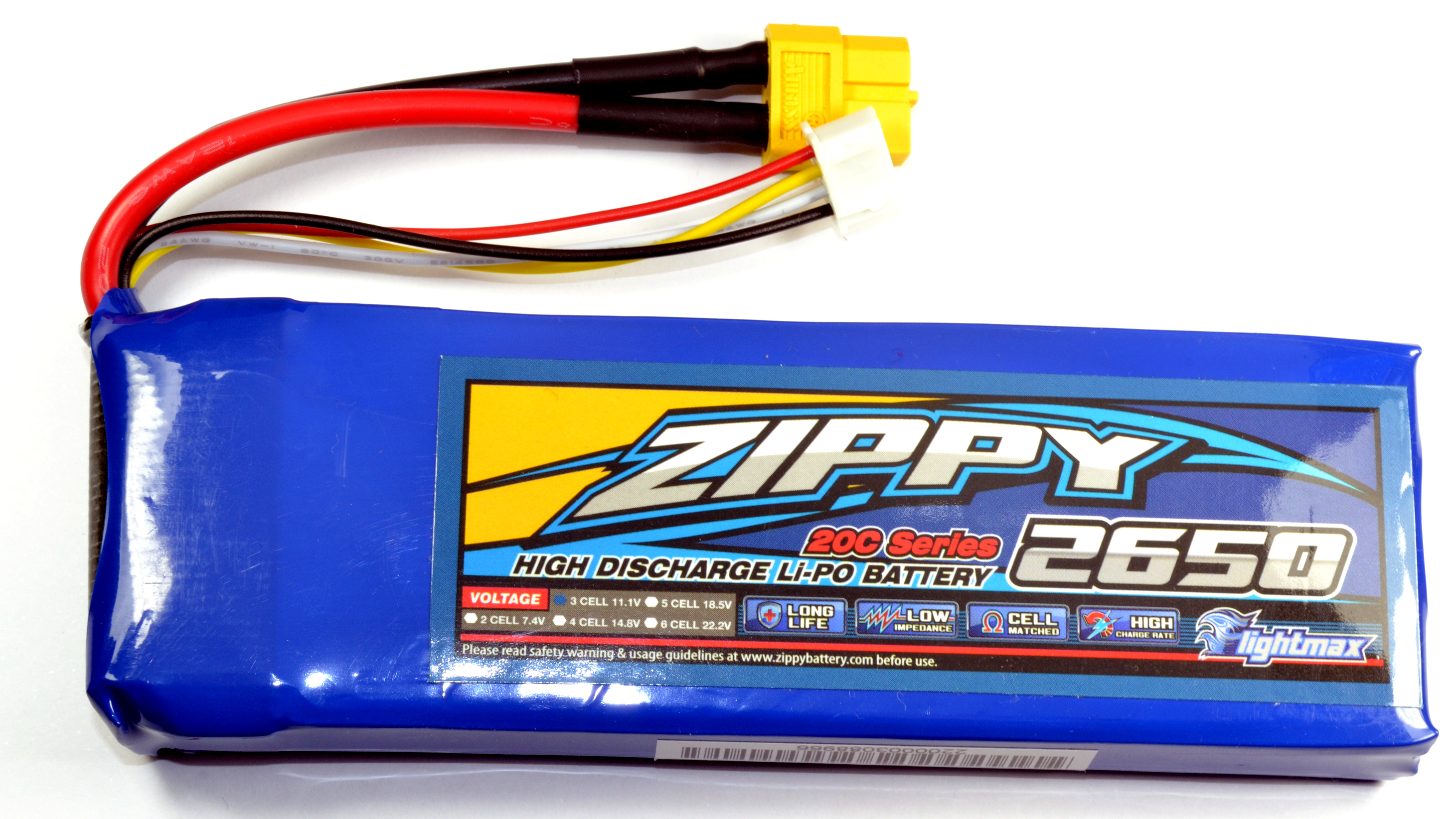
Lithium-polymer battery
In full take-off mode, the power draw of even an average quad-rotor UAV can exceed 400-watts – with a typical battery voltage of between 7V to 11V, it can mean electrical current flow of up to 40-amps. Yet the whole thing is usually powered by a single Lithium-polymer (LiPo) battery with less capacity than most laptop batteries and often about the size of a pack of six 'AA'-size cells. So how does that work?
Apart from packing in considerable power for their size, LiPo batteries have one very special skill few other types can muster and that's the ability to deliver their power in massive high-energy bursts. The 'capacity' of a battery is like a bucket that holds so-many litres of water, except battery capacity is measured in milliamp-hours (mAh). The 'C-rate' is the maximum amount of electrical current you can pull from that battery expressed as a multiple of its capacity.
Using our bucket analogy, it's how fast you can empty it. For most battery technologies, the common maximum draw or 'C-rate' is around 0.5 to 1C, so if the battery capacity was 2000mAh, it could handle a drain rate of up to 2000mA (2A), akin to sucking water out of a bucket through a two-inch-thick PVC pipe.
However, LiPo batteries regularly support up to 40C or more, so with that same 2000mAh capacity, the maximum current drain can be 40 times the 2000mAh capacity or 80-amps – that's massive by comparison, akin to taking the bucket and simply up-ending it.
But just like an up-turned bucket of water, pulling 80-amps from a 2000mAh battery means it won't last long – about 90seconds, if you're lucky. So it's a balancing act between having a large-capacity battery that's too heavy for the UAV to carry and ripping the guts out of a lightweight battery.
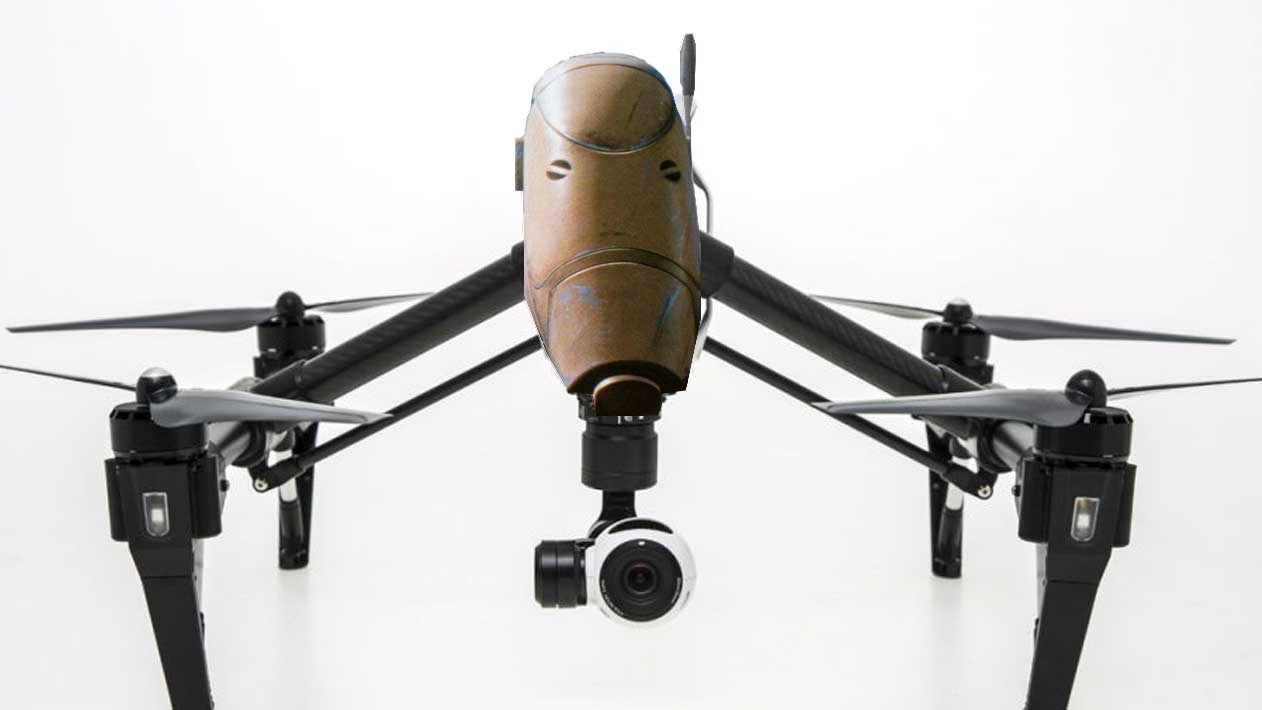
Wireless
Technically, a drone is a vehicle that controls itself, but the majority of UAVs are remote-control (RC) using the same tech that runs many RC cars. They often run on the common 2.4GHz band of the frequency spectrum and provide a minimum of four control 'channels' to allow positive and negative movement in any one of the directions in three-dimensional space.
The majority of cheaper UAVs on the market are basic line-of-sight control with no feedback, but increasingly, more complex options provide feedback or 'telemetry', giving you data on everything from elevation and compass-heading to battery capacity and airspeed. Think of it as like a remote head-up display.
In fact, right now, you can go one better and add in first-person view (FPV) goggles that deliver an up-close-and-personal experience via brands such as Fat Shark. The limitation is that as UAVs almost exclusively have just the one camera, the goggles provide a two-dimension experience only. But it won't likely be long before someone figures out how to get twin synchronised cameras, a UAV and an Oculus Rift 3D headset to deliver some mind-bending 3D views.
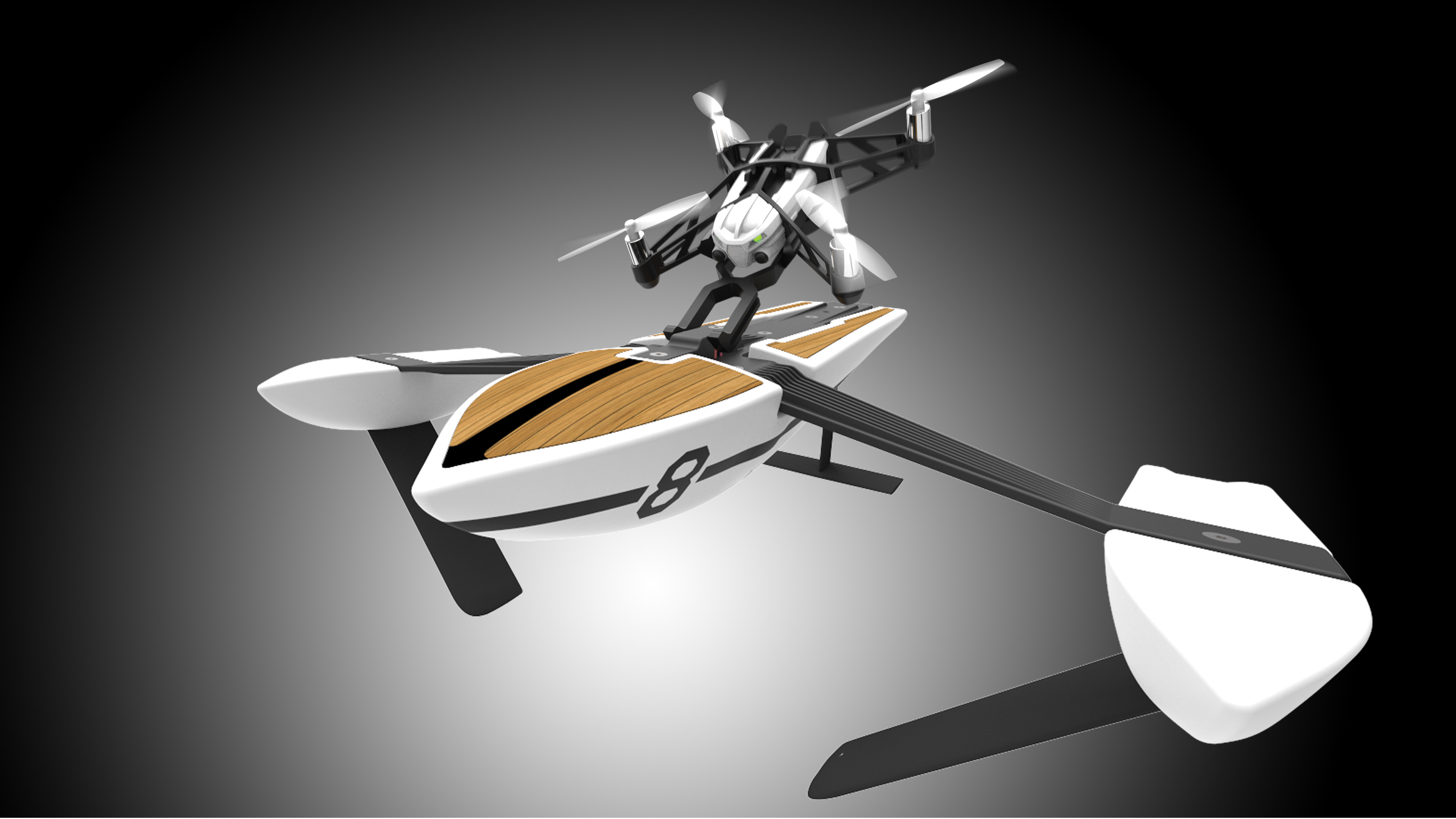
Extras
And this is where the realm of UAV accessories is really starting to grow quite rapidly.
Those who just enjoy the fun of flying a UAV don't normally add anything else to get up in the air – it's also the cheapest way to get started. But depending on your game, UAVs have been known to carry everything from cameras to pizza, books to beer.
Professional-grade UAVs will carry DSLR cameras on what's called a motorised 'gimbal' mount that allows it to rotate in any direction, but the most common accessory is to simply whack a fixed-mount GoPro-style video camera on the front. Global position system (GPS) add-ons are also becoming popular, but you're now starting to push into genuine 'drone' territory.
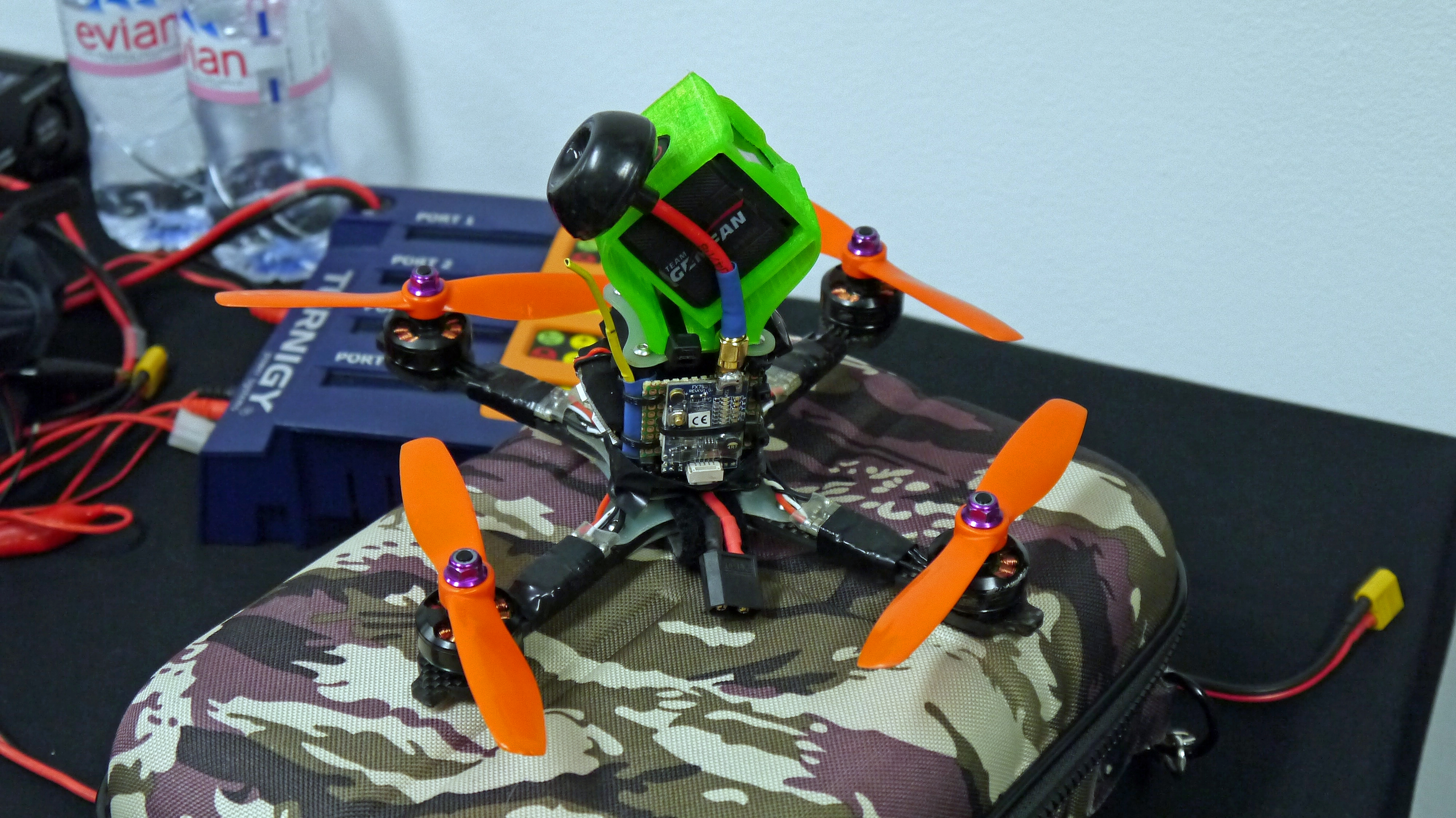
Buy or build?
By the time you decide you're hooked and you want your own UAV, the next big question is usually whether to buy or build your own.
Just like building a computer, you always learn more by building rather than buying. Depending on the size you're after, you could even save cash by building, compared with buying a comparable unit.
However, the DIY route does take a reasonable amount of electronics and flight physics knowledge to pull it off, whether you have that knowledge already or you're prepared to put in the time and research the web.
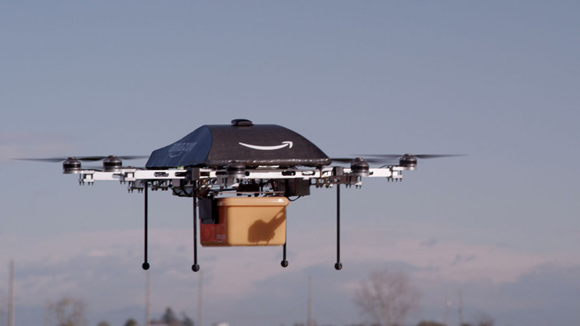
Are they difficult to fly?
If you've never flown a UAV before, it's very likely you'll find retail UAVs easier to fly than home-made options, mainly due to the fact that DIY UAVs will need various setup procedures before they fly along the straight and narrow (although this is likely true of some retail models as well).
Even so, be prepared to crash more than a few times at the start until you get used to the flight controls and characteristics of the unit. No two UAVs fly the same way, so it's definitely not a fly-one-fly-them-all type of thing.
Our hot tip is make sure you have a few spare sets of propellers – unless you're Charles Kingsford-Smith, you'll need them, that you can guarantee.

Privacy and safety
But not everyone loves a good UAV – particularly your neighbour if your set yours hovering over his backyard.
As drones become increasingly popular amongst consumers, many countries have responded by implementing new forms of regulation to better manage new privacy and safety concerns. For example, in Australia, the Civil Aviation Safety Authority (CASA) has launched a safety leaflet for all flyers with reminders, such as:
- Operate your UAV only with line-of-sight in daylight
- Keep at least 30-metres away from buildings, boats, vehicles or people
- Keep away from heavily populated areas, including sporting fields where games are in progress.
- Don't fly higher than 120 metres and not within 5.5kms of an airfield.
- It's illegal to fly for profit without a proper license (unmanned operator's certificate), which you can apply for from CASA.
Remember, any UAV regardless of size is capable of slicing through human flesh with the greatest of ease – those propellers are as good as scalpels at 20,000RPM, so stay in control of your UAV at all times and follow the CASA guidelines.
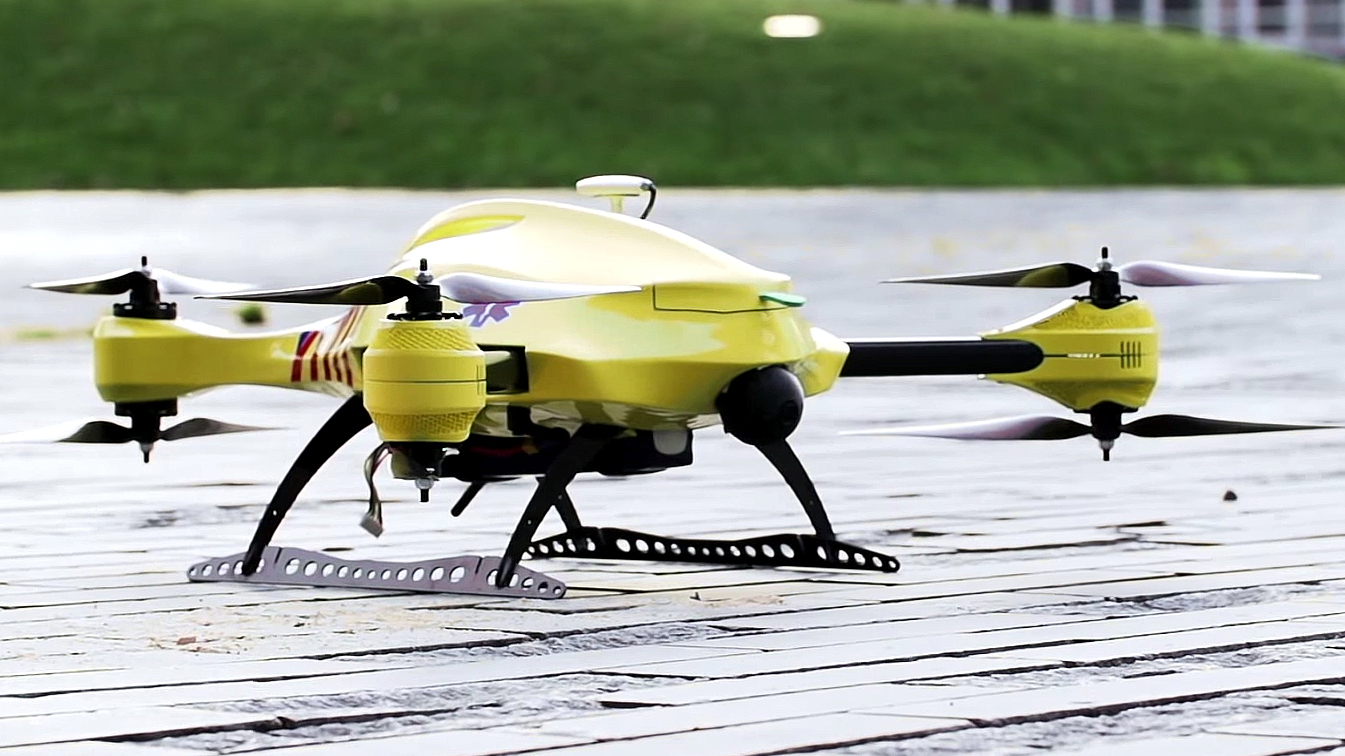
The future
While some may question whether UAVs have a practical future outside of military and voyeuristic applications, we could well see UAVs in the front-line saving life and property.
The NSW Rural Fire Service in Australia has begun trials of UAVs, including the ScanEagle from Boeing-subsidiary, Insitu (), with both visual and thermal-imaging to track fire movement. The ScanEagle can stay up for a day and data beamed back will help the RFS in decisions on where to best deploy its resources to fight blazes.
Meanwhile, Alec Momont, a graduate student from Delft University of Technology's faculty of Industrial Design Engineering has created the AmbulanceDrone, a drone that's smart enough to fly to a location via GPS with its payload including a heart defibrillator. The idea is that minutes count when someone suffers cardiac arrest – and the AmbulanceDrone can get a defibrillator to anywhere within a 12 square-kilometre area inside 60 seconds.
You might feel within your rights to chuck rocks at your neighbour's drone hovering over your backyard, but future technology advances could well mean a drone flying nearby helps to save your property – or even your life.